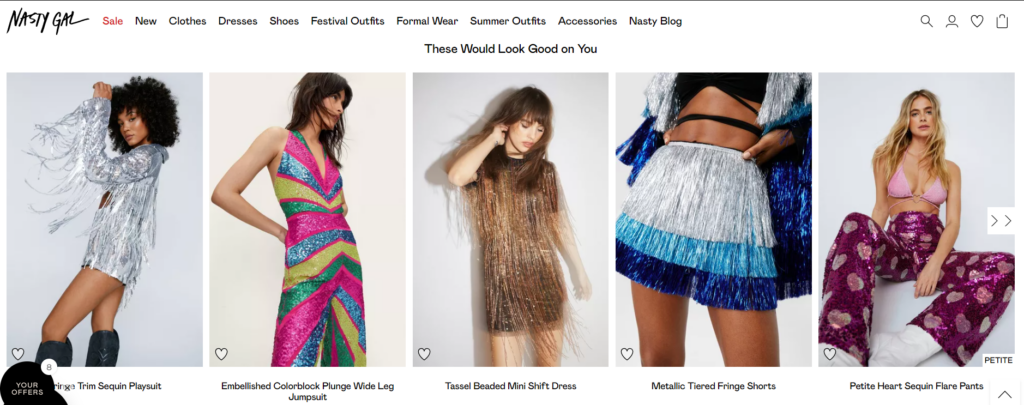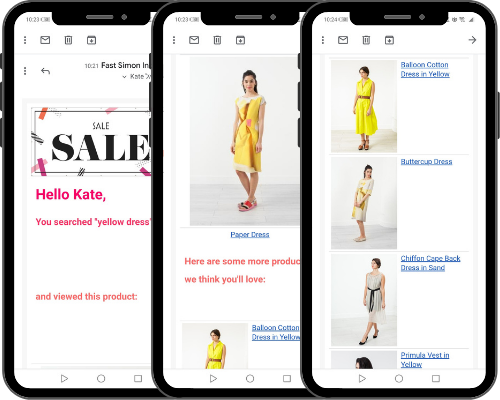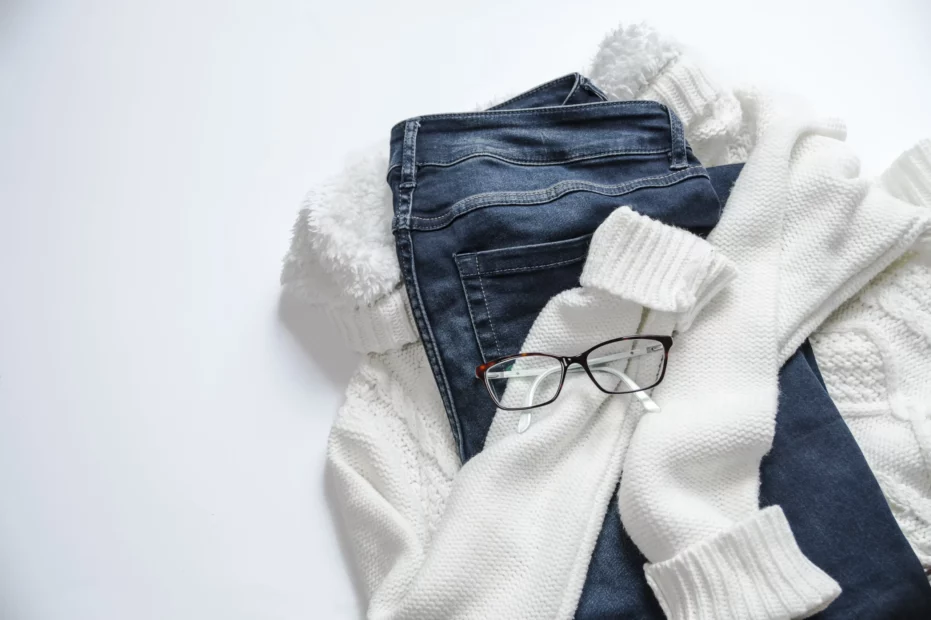Customers these days expect personalization on their eCommerce store. Personalization techniques such as unique merchandising layouts, customized SMS and email marketing and unique product recommendations all make up an exceptional eCommerce experience. This is especially true for eCommerce fashion brands.
Personalization In Fashion
In brick and mortar fashion stores, shop assistance can be hands on with their approach. They can offer certain styles they think might suit the customer best. This helps to grow customer loyalty, and keep them returning again. The more personal the experience to them, the more likely they are to purchase more.
So how do we recreate this experience in eCommerce fashion stores?
Product Recommendations
The more we understand about shoppers’ past behavior, the more we can create relevant recommendations for them moving forward. AI technology allows us to personalize product recommendations for each individual shopper. Sections such as “You Might Like” or “Customers Also Bought” are a great way of increasing cross-sell and upsell merchandising potential. When personalized well, this aids the customer in the journey by providing helpful recommendations. It also ends up increasing AOV.
If cookies are allowed by the shopper with full transparency, you can use this to provide personalization. If they are not then you can use click profile data for even anonymous or first time users to benefit from a personalized experience. AI can be trained to deliver relevant and lucrative recommendations.

Personalized Homepage
The homepage is the first place shoppers will land on your site. If your shopper has an account, this can show them products they have recently viewed, purchased, or even abandoned in checkout. This can remind them of why they originally were interested in your store. This can work if they have accepted cookies.
Augmented Reality
New technology such as Augmented Reality (AR) allows shoppers to virtually try on clothes or makeup before buying products. This creates a hyper-personalized experience of shopping that most closely mirrors trying on clothes in a changing room in a brick and mortar store.
After uploading a picture of yourself, you can see how clothes would look on you. This reduces the capacity for returns, as well as improves customer trust and brand loyalty. This is the way that technology advancements can improve the fashion eCommerce experience.
Email and SMS Marketing
Personalized email and SMS marketing means that shoppers can be contacted with relevant information to their buying history. Products from abandoned carts can be sent via email or SMS to remind shoppers to make their purchases.
Similarly, recently viewed items can be used via email or SMS marketing. Discount codes could be sent to shoppers who had been interested, helping encourage them to complete their purchases. Having these personalized messages reaching them in their inbox can help them know that you care about their specific journey.

Product and Category Pages
Personalization on fashion stores can work on the home page, and also when reaching out to shoppers in their inboxes. It can also be on product and category pages. Small things, for example remembering filters used the last time customers shopped in your store can show them that you care.
Similarly, remembering the sizes of products they selected last time can help remove any friction from the buying funnel. This can also apply to the language selected, geo-data and any other small details. Don’t overlook the small things; they can make all the difference to showing shoppers they are valued.
Checkout Personalization
Fashion purchases can be small or large sales. Saving checkout details, such as card and billing address can help smooth the process. If returning shoppers have an account with your store, this level of personalization could be beneficial to them.
If they have previously used BNPL (Buy Now, Pay Later) options such as Klarna or other installment solutions, you can save this information. Personalization in this area will help reduce cart abandonment and increase conversions.
Conclusion
Personalization is useful in any eCommerce store. Within the context of fashion eCommerce, this stays undeniably true and present. There are many areas in your fashion store that you can use personalization to improve the customer experience. Whilst boosting your sales, you will show the shopper that you care about their experience. It’s a win-win situation for all.
